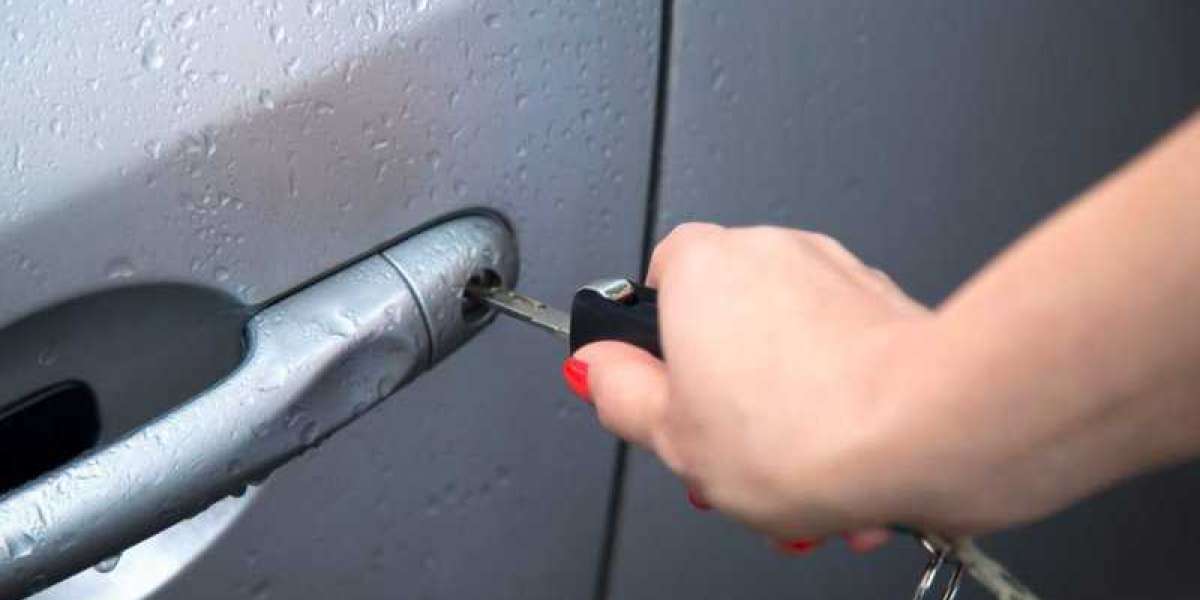As the world of 3D printing continues to expand, understanding 3D printing safety becomes increasingly important. Whether you are a hobbyist or a professional, adhering to safety protocols is crucial for a successful and secure printing experience. This guide aims to provide you with comprehensive insights into the best practices for ensuring safety while engaging in 3D printing.

Understanding 3D Printing Safety
What does 3D printing safety entail? It encompasses a range of practices designed to protect users from potential hazards associated with the printing process. These hazards can include exposure to harmful materials, equipment-related injuries, and environmental concerns. By being aware of these risks, you can take proactive steps to mitigate them.
Key Hazards in 3D Printing
- Material Safety: Many 3D printing materials, such as certain plastics and resins, can release toxic fumes when heated. Understanding the properties of the materials you use is essential.
- Mechanical Risks: The moving parts of a 3D printer can pose risks of injury. Proper handling and awareness of the printer's operation are vital.
- Electrical Safety: As with any electrical device, ensuring that your printer is properly grounded and that wires are intact is crucial to prevent electrical hazards.
Best Practices for 3D Printing Safety
To ensure a safe 3D printing environment, consider the following best practices:
- Ventilation: Always print in a well-ventilated area. This helps disperse any harmful fumes that may be emitted during the printing process.
- Protective Gear: Wear appropriate protective gear, such as gloves and goggles, especially when handling materials like resins or heated components.
- Regular Maintenance: Keep your 3D printer well-maintained. Regular checks can prevent mechanical failures that may lead to accidents.
- Material Knowledge: Familiarize yourself with the safety data sheets (SDS) of the materials you are using. This knowledge can help you understand the risks and necessary precautions.
Emergency Preparedness
In any workshop, being prepared for emergencies is essential. Ensure that you have a fire extinguisher nearby, particularly if you are using flammable materials. Additionally, having a first aid kit readily available can be beneficial in case of minor injuries.
Conclusion: Prioritizing 3D Printing Safety
In conclusion, prioritizing 3D printing safety is not just about following guidelines; it is about fostering a culture of safety in your workspace. By understanding the potential hazards and implementing best practices, you can enjoy a rewarding and secure 3D printing experience. For more detailed information on this topic, consider visiting this resource.







